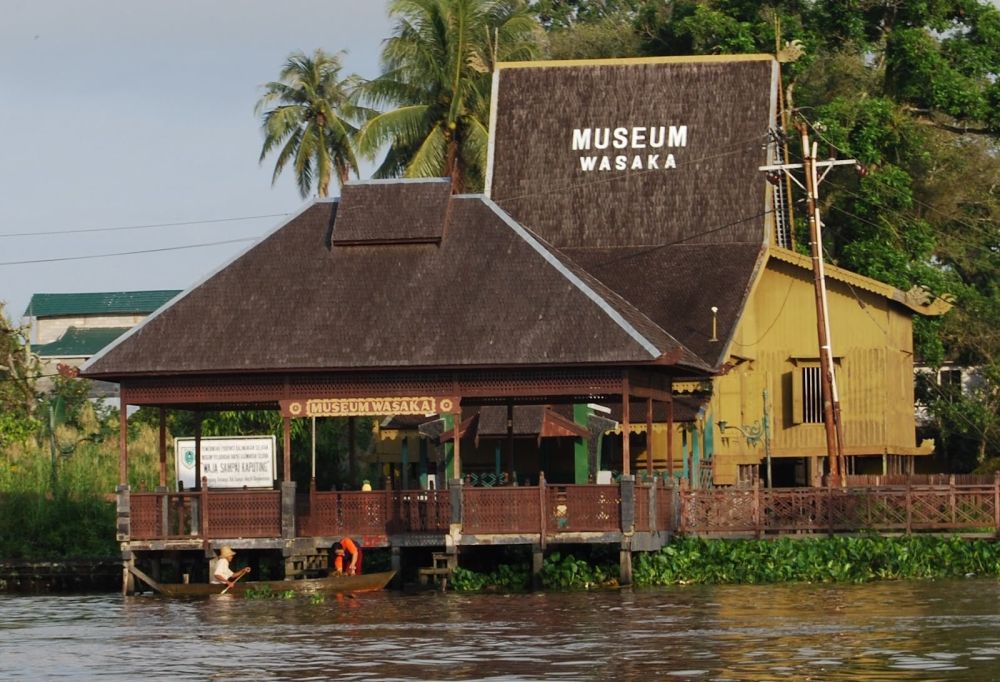

The city of Banjarmasin, a hidden gem in the South Kalimantan province of Indonesia, boasts a rich cultural heritage and a myriad of tourist attractions. Among these, the Wasaka Museum stands out as a testament to the region's historical significance and its allure for those interested in the cultural tapestry of Indonesia.
The Wasaka Museum is an abbreviation of 'Waja Sampai Kaputing,' which literally means 'Iron until the End.' This motto is symbolic of the struggle of the people of South Kalimantan during the struggle for independence from the Dutch colonial regime. Established as a tribute to the heroes who fought valiantly, the museum serves as a vessel preserving the memories and artifacts of the past. It was inaugurated on March 21, 1979, and has since been a repository of Banjarmasin’s history and a focal point for visitors seeking to understand Indonesia's journey to independence.
The museum displays a collection of historical objects including weapons used in the fight against colonialism, traditional clothing, and various other cultural artifacts relevant to the Banjar Sultanate and the indigenous Dayak tribes. Visiting the museum not only provides an educational experience but also offers a look into the soul of South Kalimantan.
The establishment of the Wasaka Museum has played a significant role in the development of tourism in Banjarmasin. It has attracted history buffs, cultural enthusiasts, and those curious about the Indonesian struggle for independence. The museum’s function as an educational center and a tourist attraction has brought a steady flow of domestic and international visitors to Banjarmasin, thereby contributing to the local economy and spreading awareness about the region’s unique culture.
In recent years, tourism in Banjarmasin has embraced the global trend of sustainable and experience-based travel. Visitors are increasingly looking for authentic experiences that allow them to immerse themselves in local cultures and customs. As such, the Wasaka Museum provides an invaluable insight into the Banjar and Dayak ways of life, resonating with tourists seeking deeper connections with their destinations.
Moreover, there has been a rise in digital and social media influence on travel decisions. With travelers sharing their experiences online, the Wasaka Museum gains visibility and encourages more visitors to explore the rich history and cultural legacy showcased within its walls. The museum has also become a part of various cultural trails and heritage walks that are popular among tourists looking to explore the city comprehensively.
To fully appreciate the Wasaka Museum and its surroundings, visitors are encouraged to engage with local guides who can provide in-depth knowledge about the exhibits and the historical context of Banjarmasin. Guests are also recommended to participate in local festivities and traditional events that often take place around the city, providing a vibrant complement to the museum's more solemn dedication to history.
As Banjarmasin continues to develop its tourism infrastructure, the Wasaka Museum remains a cornerstone in its narrative, inviting the world to discover the resilience, beauty, and depth of South Kalimantan's past and present.